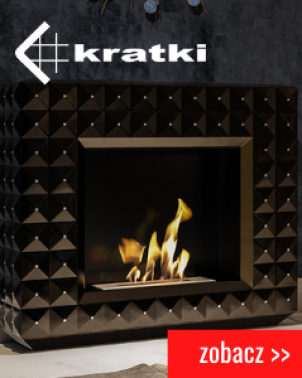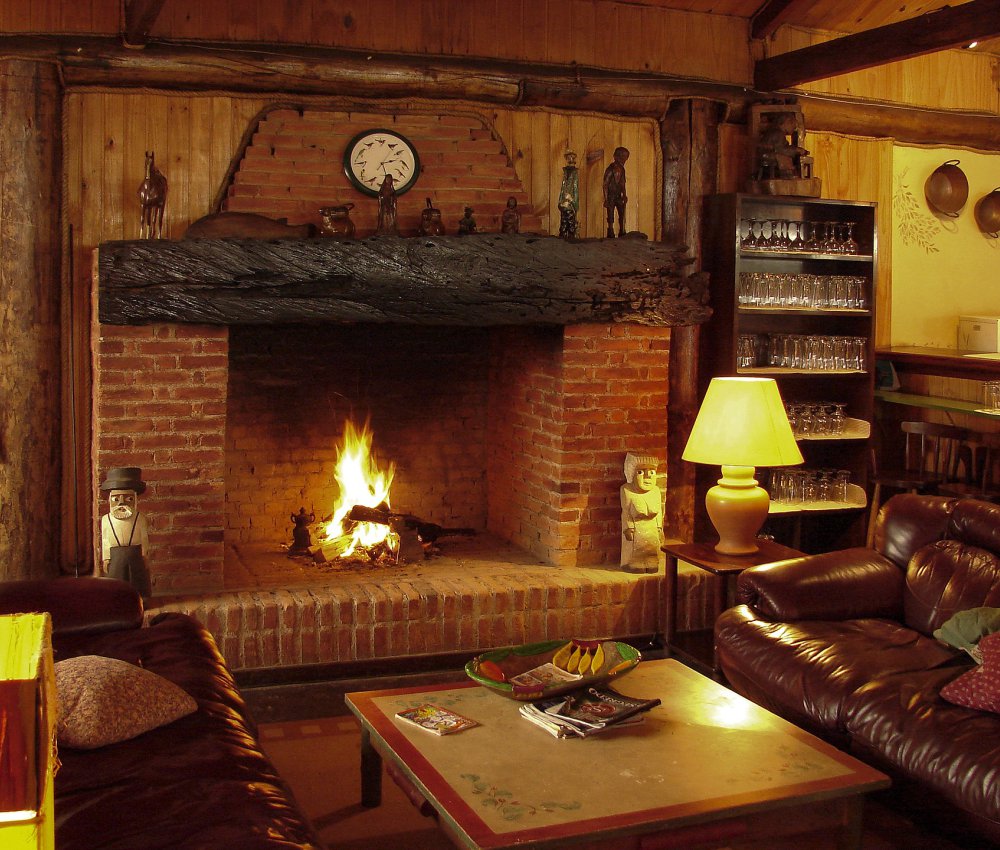CNC milling, i.e. all computer-controlled methods. Metalworking is constantly improved with the development of innovative technologies. Does it really work?
What is it actually?
CNC milling is a kind of machining. It enables machining of planes, grooves, teeth, channels and shaped surfaces. It is an extremely precise method, thanks to which we obtain appropriate surface roughness.
Use
CNC milling is most often used in the automotive industry, aviation, electronics, automation and even medicine. It is a kind of work with material that allows to set its parameters in a very precise way, so it will be suitable both for projects that require repeatability - production of objects on a large scale, but also for small projects that primarily require precision, such as jewelry or advertising projects.
Advantages of milling
In addition to the precision and speed provided by computer control, CNC milling can be carried out on different objects, including steel, copper, brass or any non-ferrous metals and materials such as plywood. In addition, the cost of milling is largely lower than with traditional methods.

Specifications
There are three stages. The first one is to make an appropriate project using modern computer programs. Its creation is the work of professionals working with the appropriate software. The next is to process the project into a CNC machine control plan. Special microcomputers programmed in any way ensure proper processing of the material. The process is carried out using a tool defined by a cutter - rotating at a speed of up to several thousand movements per minute. Depending on the project, the milling machine can perform a variety of shapes as well as combinations of movements.
Classification
In the case of this method of machining, we distinguish CNC milling - 2D, i.e. machining in one plane, at a given depth. 3D milling, on the other hand, is characterized by greater accuracy - the material is machined in a three-dimensional plane. During 5D milling, the machine performs additional rotation around the axis, and thus enables the creation of solids and details and shortens the time of order execution. Another type of milling is engraving, through which we achieve the given patterns and inscriptions on the surface. Threading, as another method, requires the equipment of both milling machines and lathes, which enable the formation of external and internal threads, in various materials. There is also the possibility of welding (MIG/MAG/TIG) and varnishing.
CNC milling is a method performed on modern equipment, which is characterized by greater stability. It is definitely distinguished by its extraordinary accuracy and precision with which even very hard objects are machined. It minimizes the share of human work, but most of all it limits the loss of material, because erroneous elements are not created at all.
More about CNC milling at https://www.janus.com.pl/frezowanie-cnc/.

















Comments (0)